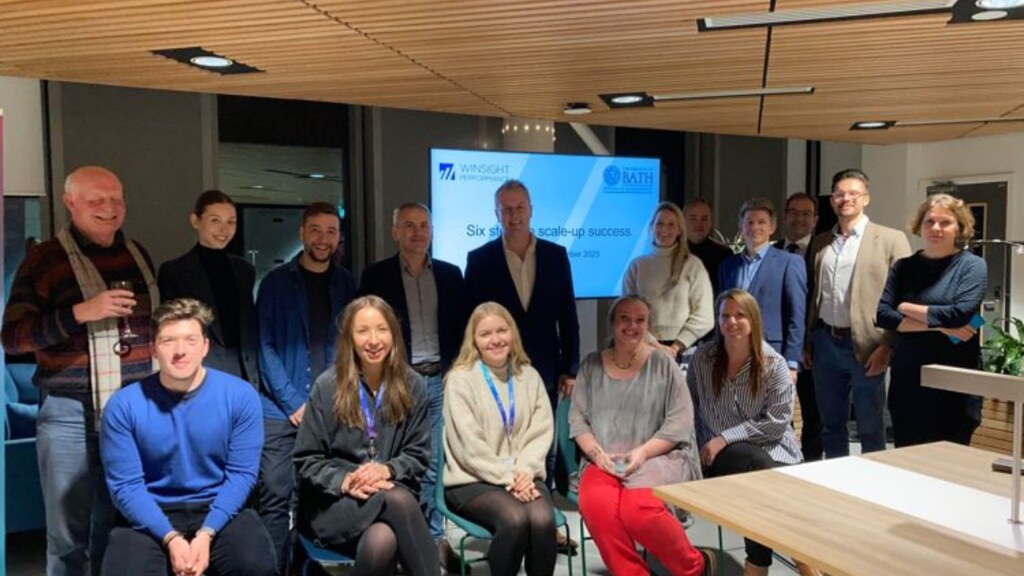In case you missed Management meets: David Thompson - Six steps to scale up success

The focus of the discussion revolved around the influence that people and organisational culture hold over the success of any venture. Despite this acknowledgement, there is a perception that these elements are intangible and abstract, often taking a backseat to more tangible aspects such as product development, finance and strategy. The primary objective of the presentation was to shift this paradigm and bring attention to the vital, 'intangible', side of the equation.
David discussed the findings from his Executive MBA Capstone Project, which focused on understanding how to support business founders, so they can overcome the people-related challenges associated with growth. His subsequent research unveiled key business challenges, particularly during the start-up, growth and scale-up phases.
People related challenges
One of the primary challenges identified was recruitment, which can be particularly problematic during the start-up phase. Limited resources, perceived risks, and ensuring the founding team has complementary attributes were cited as major hurdles.
During the growth phase, alignment becomes increasingly challenging. There is a necessity of having clear roles and responsibilities, as well as a transition from 'doing' to 'leading.'
Lastly, the scale-up phase brought its own set of challenges, with retention proving to be a significant concern. Managing investor input and preserving positive aspects of the culture when bringing in specialists emerged as critical issues.
Winsight performance model
To address these challenges, David introduced a practical and comprehensive framework – the Winsight Performance Model. This model, rooted in research and practical experience, is designed to guide leaders through the complexities of growth and help to create an environment where people will thrive.
The Winsight Performance Model comprises six interconnected components: Vision, Values, Strategy, Structure, People, and Process. By focusing on improving performance in these components, the model aims to bridge the gap between the perceived intangibility of people and organisational culture and the tangible outcomes of organisational success. The rationale is clear – by making strides in each of these areas, leaders can create a more measurable impact on organisational performance, ultimately translating into results.
As attendees left the event, they carried with them not only insights into the six critical components but also a renewed understanding of the pivotal role that people and organisational culture play in growing a successful venture.